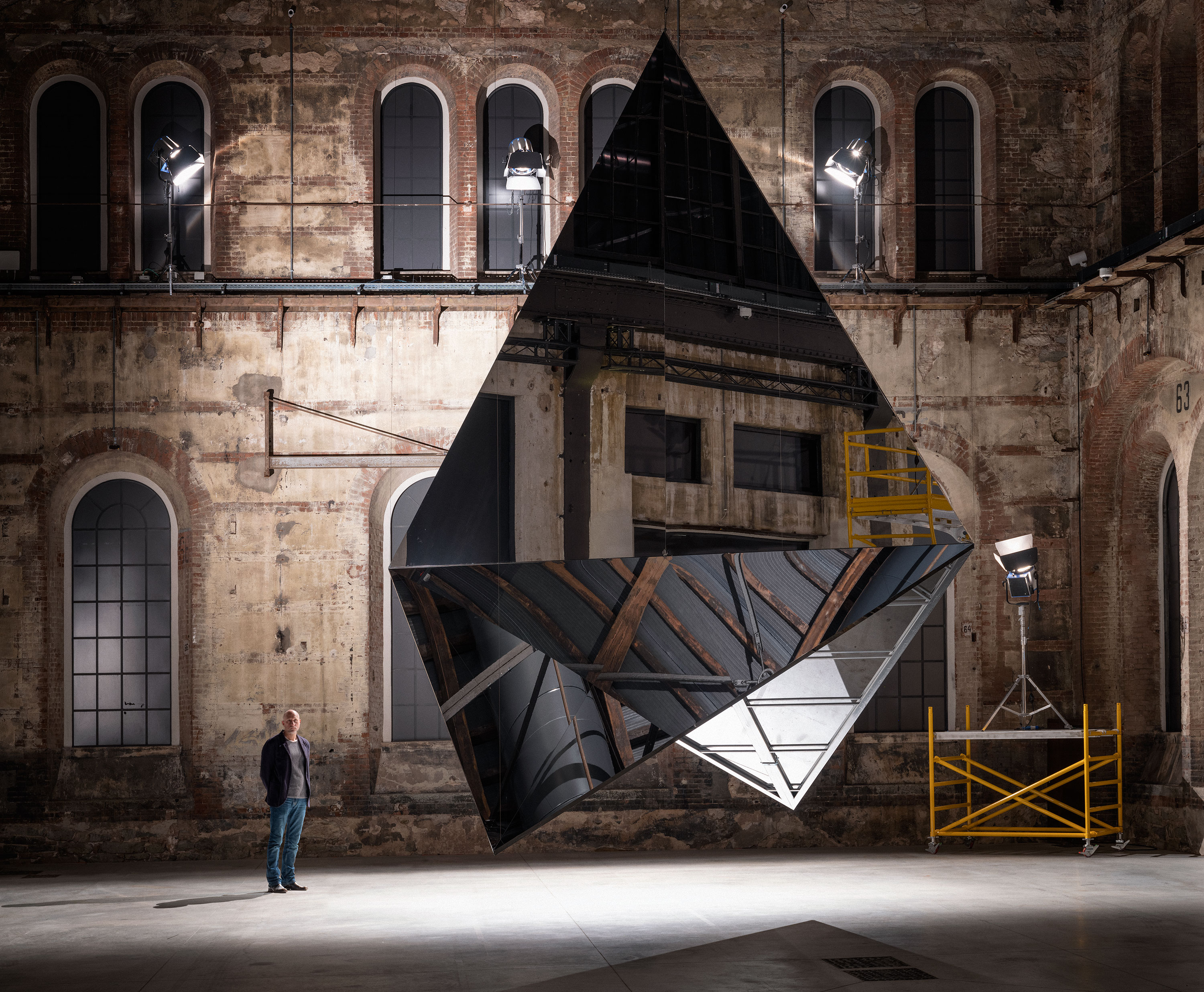I can think of only one other historical example of this in the work of Yuri Leiderman. See my “Cosmic Thoughts: The Paradigm of Space in Moscow Conceptualism,” e-flux journal no. 99 (April 2019) →.
Kazimir Malevich, “Suprematism”, in Tenth State Exhibition: Objectless Creation and Suprematism, 1919; reprinted in Russian Art of the Avant-Garde: Theory and Criticism, 1902–1934, ed. and trans. John E. Bowlt (Thames and Hudson, 1998), 145.
Kazimir Malevich, Suprematizm: 34 risunka (Suprematism: 34 Drawings), (Vitebsk: UNOVIS, 1920).
